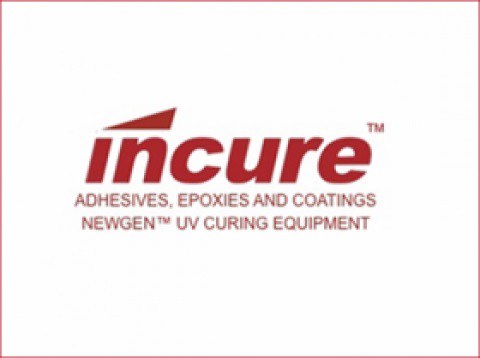Fast & Easy Bonding: General Purpose Cyanoacrylate Adhesives
Introduction
In the fast-paced world of manufacturing, efficiency and reliability are paramount. One product that can significantly streamline your production processes is a high-quality cyanoacrylate adhesive. Incure's General Purpose Cyanoacrylate Adhesives offer a versatile and efficient solution for a wide range of applications.
Why Choose Incure Cyanoacrylate Adhesives?
- Speed & Efficiency: These adhesives cure rapidly at room temperature, minimizing downtime and maximizing productivity.
- Versatility: Incure offers a diverse range of viscosities and specialty grades, ensuring compatibility with various materials and applications.
- Strength & Durability: These adhesives provide strong and durable bonds, ensuring the integrity of your products.
- Ease of Use: With a one-component formula, Incure cyanoacrylate adhesives are easy to apply, reducing training time and minimizing errors.
- Cost-Effective: By streamlining production processes and reducing rework, Incure adhesives can help you achieve significant cost savings.
Applications for Manufacturers
- Assembly: Secure components quickly and efficiently for a variety of products.
- Repair: Repair damaged parts or equipment to minimize downtime.
- Bonding: Create strong and durable bonds between dissimilar materials.
- Sealing: Seal gaps or cracks to prevent leakage or contamination.
Tips for Optimal Use
- Surface Preparation: Ensure surfaces are clean and dry for optimal adhesion.
- Application: Apply a thin, even layer of adhesive to both surfaces.
- Clamping: Hold the bonded parts together firmly until the adhesive cures.
- Storage: Store unused adhesive in a cool, dry place to maintain its potency.
Conclusion
Incure's General Purpose Cyanoacrylate Adhesives offer manufacturers a reliable and efficient solution for a variety of bonding and sealing applications. By leveraging the speed, versatility, and strength of these adhesives, you can optimize your production processes, reduce costs, and improve overall product quality.

| Low Surface Energy Materials (dynes/cm) | High Surface Energy Materials (dynes/cm) | |||||||
| 37 PVA | Polyvinyl Alcohol | 47 PPO | Polyphenylene Oxide | |||||
| 35 PVC | Polyvinyl Chloride | 46 | Nylon 6/6 | |||||
| 35 ABS | Acrylonitrile Butadiene Styrene | 46 PES | Polyethersulfone | |||||
| 34 PS | Polystyrene | 46 PC | Polycarbonate | |||||
| 32 PBT | Polybutylene Terephthalate | 42 PET | Polyethylene Terephthalate | |||||
| 30 PP | Polypropylene | 41 PMMA | Polymethylmethacrylate | |||||
| 30 PE | Polyethylene | 41 | Polyester | |||||
| 28 PVF | Polyvinylidene Fluoride | 40 SAN | Styrene Acrylonitrile | |||||
| 19 PTFE | Polytetrafluoroethylene (Teflon) | 38 PU | Polyurethane | |||||
| 20 FEP | Fluorinated Ethylene Propylene | 38 AC | Acrylic | |||||
| Abbreviation | ||||||||
| ABS | Acrylonitrile Butadiene Styrene | PEI | Polyether Imide | |||||
| AL 2024 | Aluminum 2024 | PET | Polyethylene Terephthalate | |||||
| AL T3 | Aluminum T3 | PETG | Polyethylene Terephthalate Glycol | |||||
| CAP | Cellulose Acetate Propionate | PMMA | Polymethylmethacrylate | |||||
| CER | Ceramic | PP | Polypropylene | |||||
| CR STEEL | Cold Rolled Steel | PPO | Polyphenylene Oxide | |||||
| FR-4 | Epoxy Fiberglass | PS | Polystyrene | |||||
| GL | Glass | PVA | Polyvinyl Alcohol | |||||
| HDPE | High Density Polyethylene | PU | Polyurethane | |||||
| LDPE | Low-Density Polyethylene | SAN | Styrene Acrylonitrile | |||||
| PA | Polyamide | SS 13 | Stainless Steel 13 | |||||
| PC | Polycarbonate | SS 304 | Stainless Steel 304 | |||||
| PEEK | Polyetheretherketone | TPU | Thermoplastic Urethane | |||||
 EN
EN 










